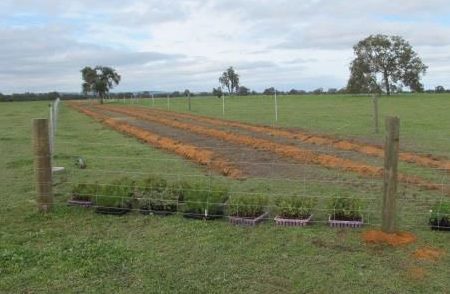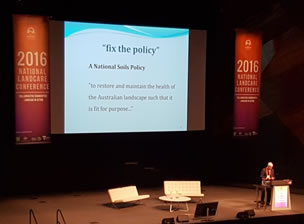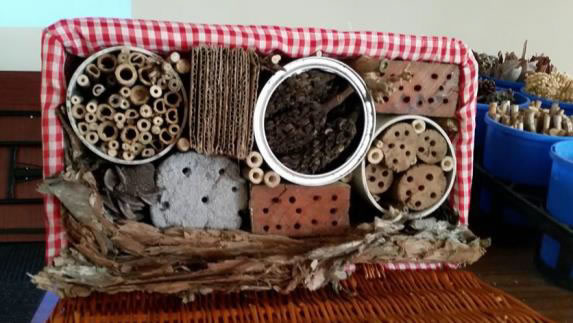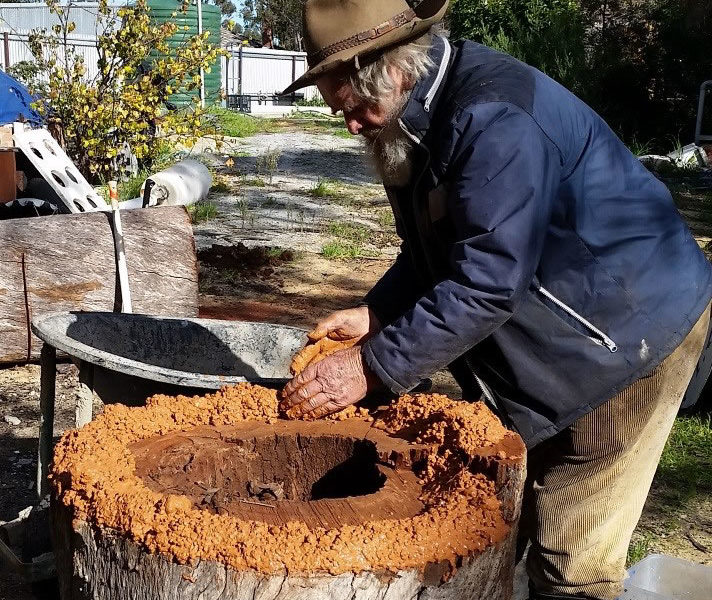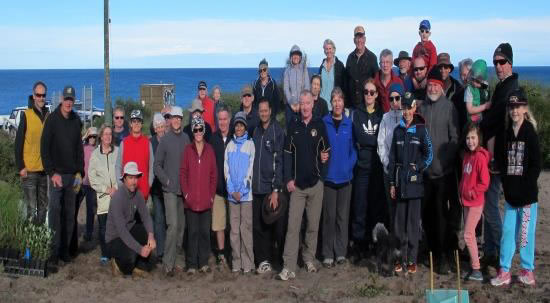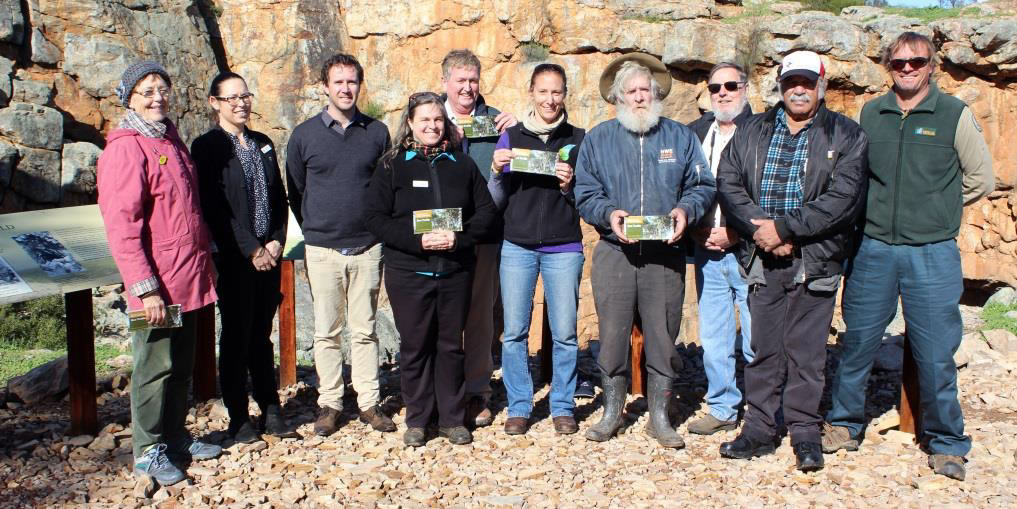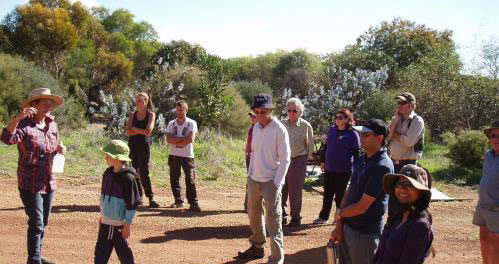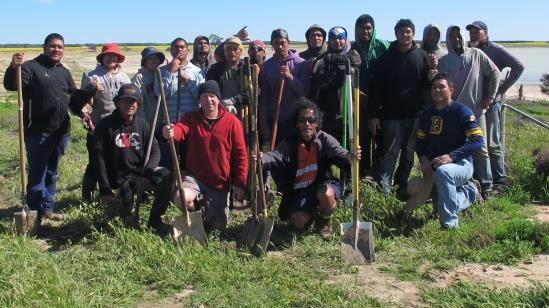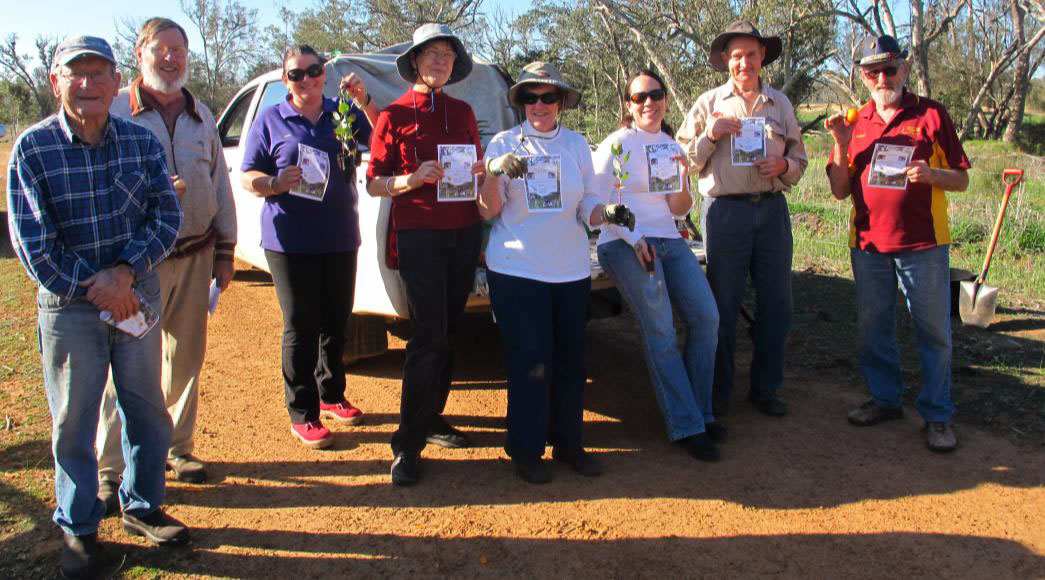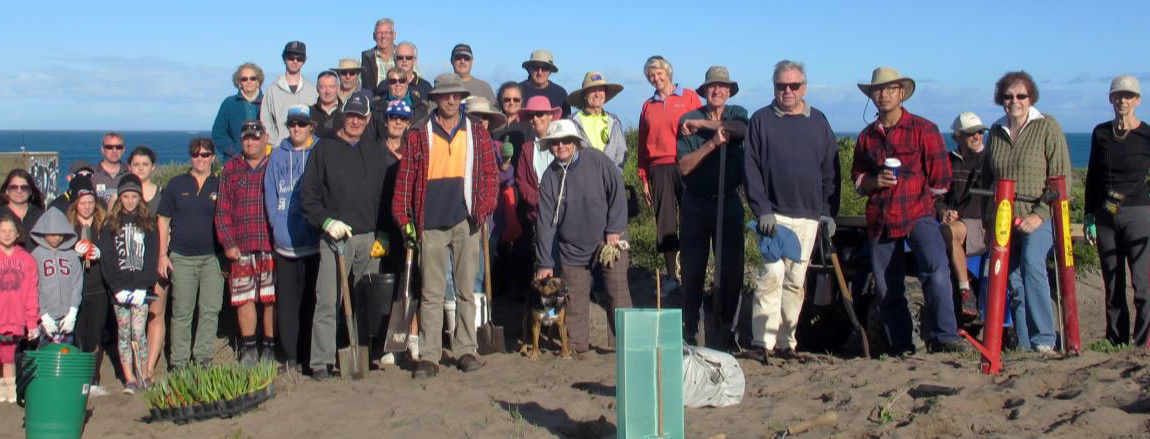Farmers fence bush for Carnabys
Carnaby’s Black Cockatoo received an extra boost to their habitat range with five farmers around the Moore region fencing off nearly 65ha of native remnant bushland as well as recently revegetated land. Rachel Walmsley, Moore Catchment Council’s NRM Officer said “This was all made possible with funding received through Northern Agricultural Catchment Council’s biodiversity program funded through the Australian Government’s National Landcare Program. Fencing is an expensive job and so to receive a financial incentive from the Government ensures these projects are carried out.”

